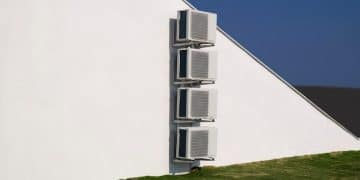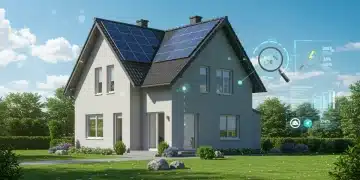Home insulation for energy savings: a guide to comfort
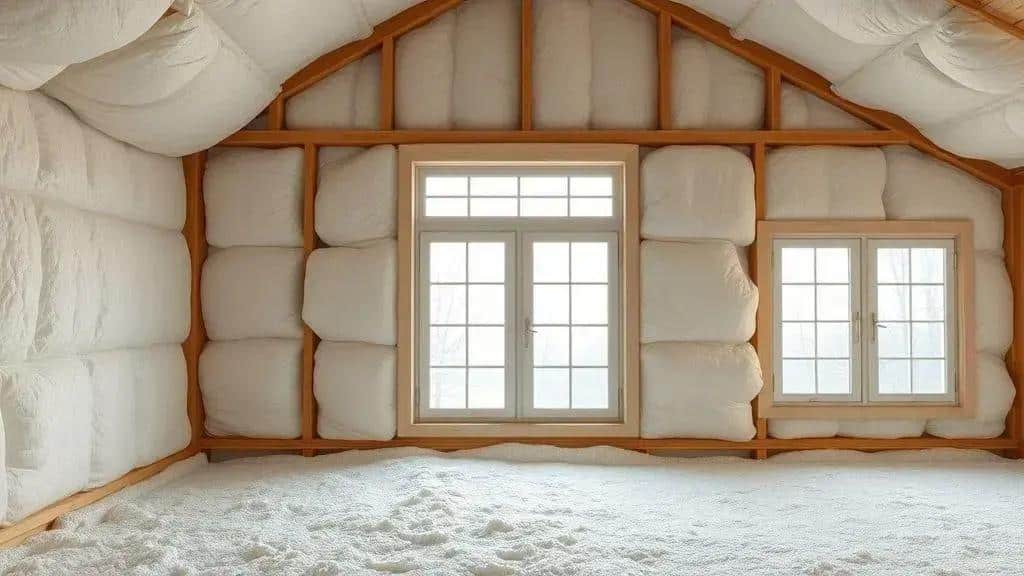
Home insulation for energy savings is essential for lowering energy bills and enhancing comfort by effectively reducing heat loss and preventing drafts.
Home insulation for energy savings isn’t just about saving money on bills; it’s also about maximizing your comfort. Have you ever considered how insulation affects your daily life? Let’s dive into how the right insulation can make a difference.
Understanding the importance of home insulation
Understanding the importance of home insulation can lead to significant energy savings and increased comfort in your living space. When your home is properly insulated, it helps maintain a stable temperature throughout the year, reducing the need for heating and cooling systems.
The Role of Insulation
Insulation acts as a barrier against heat flow. During colder months, it keeps warmth from escaping and prevents drafts from entering. In warmer weather, it helps keep cool air from your air conditioning inside. This dual action makes your home not only more energy-efficient but also more comfortable.
Key Benefits of Insulation
- Lower energy bills: A well-insulated home reduces energy consumption.
- Enhanced comfort: It maintains a consistent indoor temperature.
- Noise reduction: Insulation can help minimize sound from outside.
- Environmental impact: Less energy usage means a lower carbon footprint.
By improving insulation in your home, you can also increase its overall value. Potential buyers often seek homes with energy-efficient features, making insulation a smart investment. Additionally, certain types of insulation can even help regulate indoor humidity.
Applying insulation is easier than many homeowners think. Whether you choose to tackle it as a DIY project or hire professionals, the improvements to your home can be remarkable. From spray foam to batt insulation, there are various types designed for different needs.
Investing time and resources into understanding and improving your home insulation will not only enhance your quality of life but also contribute to long-term savings.
Top materials for effective insulation
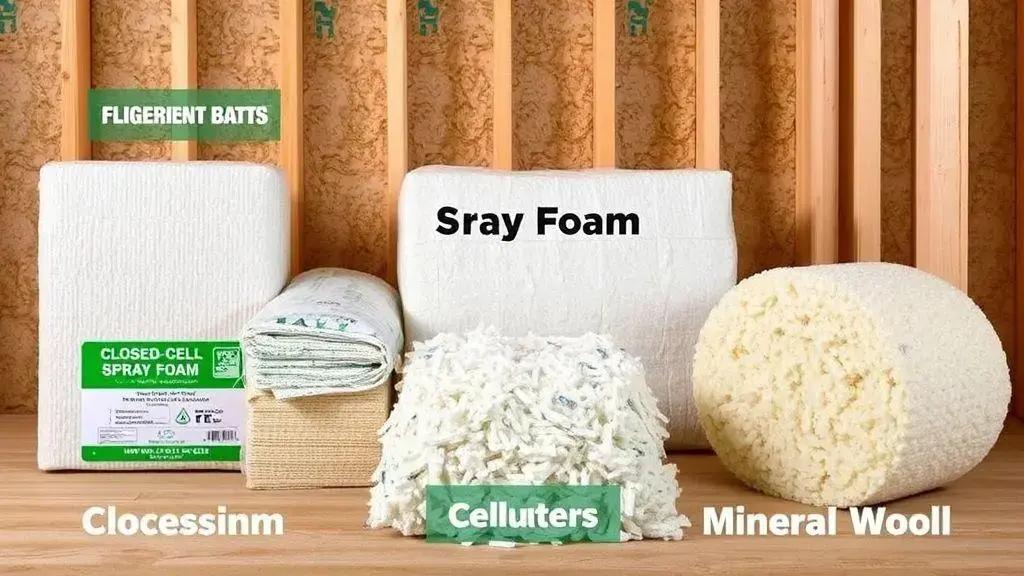
When it comes to effective insulation, selecting the right materials is crucial. The materials you choose can significantly affect your home’s energy efficiency and comfort levels. There are several options available, each with its unique advantages.
Common Insulation Materials
One popular choice is fiberglass, which is both affordable and efficient. It comes in batts, rolls, or loose fill, making it versatile for different areas of your home. Closed-cell spray foam is another excellent option, providing high R-value and acting as a moisture barrier.
- Fiberglass: Cost-effective and widely available in various forms.
- Closed-cell spray foam: Offers excellent insulation and moisture resistance.
- Cellulose: Made from recycled paper, it is eco-friendly and has a good insulation rating.
- Mineral wool: Fire-resistant and soundproof, a great choice for specific areas.
Another material to consider is cellulose, which is made from recycled paper products. It is environmentally friendly and has great insulating properties. Mineral wool, often used in commercial buildings, is fire-resistant and provides excellent soundproofing.
Finding the best insulation material for your needs will depend on factors like your budget, climate, and specific spaces requiring insulation. It’s essential to evaluate the R-value, which measures insulation effectiveness, since a higher R-value means better insulation performance.
By understanding these top materials for effective insulation, you can make informed decisions that enhance your home’s efficiency and comfort.
How to assess your home’s insulation needs
Assessing your home’s insulation needs is an essential step in enhancing energy efficiency and comfort. It begins with a thorough inspection of your current insulation levels and identifying areas that may require improvement.
Conducting an Energy Audit
One effective way to start is by conducting an energy audit. This can involve checking for drafts around windows and doors, which are signs that your home may not be adequately insulated. You can perform this audit yourself or hire a professional who can provide a detailed analysis.
- Check for drafts near windows and doors.
- Assess the insulation level in the attic and crawl spaces.
- Look for any cracks or gaps in walls and foundations.
After identifying areas where insulation is lacking, it is crucial to evaluate the insulation type currently in place. Different materials have various R-values, which measure their effectiveness in resisting heat flow. Knowing the R-value can help in deciding whether to add more insulation or replace existing materials.
Evaluating Your Home’s Specific Needs
Consider your local climate when assessing insulation needs. Homes in colder climates may require higher R-values in their insulation, while homes in warmer areas might benefit from better attic ventilation. The layout of your home also matters; some rooms may need more insulation than others based on their size and function.
Lastly, think about conducting regular checks on your insulation every few years. Over time, insulation can settle or deteriorate, making it less effective. Keeping an eye on its condition helps ensure your home remains efficient and comfortable.
Tips for improving insulation efficiency
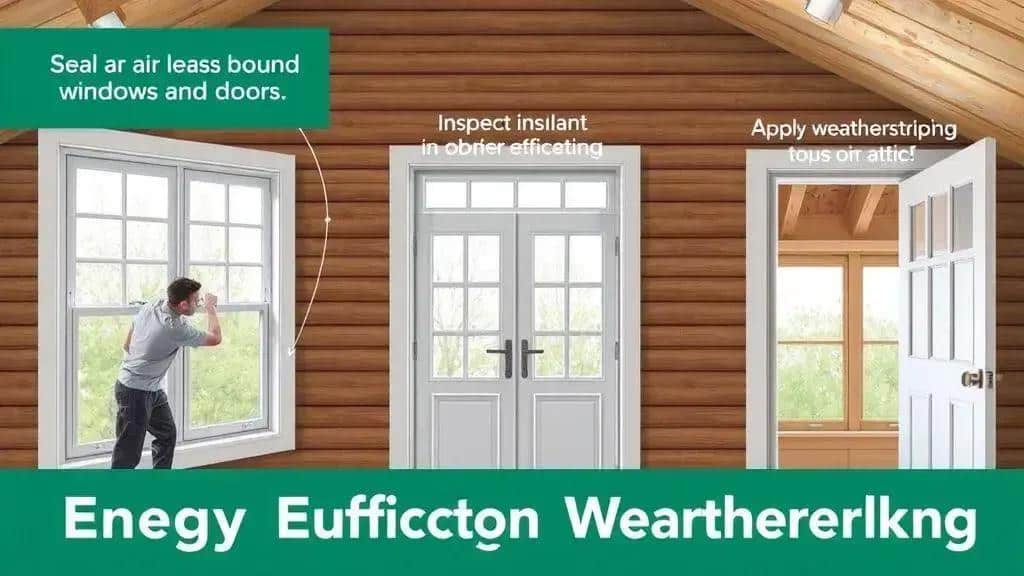
Improving your home’s insulation efficiency can lead to significant energy savings and enhanced comfort. There are several tips to enhance how well your insulation performs, helping to keep your home warm in winter and cool in summer.
Seal Air Leaks
One of the first steps to consider is sealing any air leaks in your home. Air leaks around windows, doors, and vents can waste energy. Look for gaps and cracks, and use caulk or weatherstripping to seal these areas. This simple step can improve your insulation’s effectiveness.
- Inspect windows and doors for gaps.
- Apply weatherstripping to movable parts.
- Use caulk to seal stationary openings.
Another effective approach is to add insulation in areas that may need it, such as attics, basements, or crawl spaces. Often, these places can benefit from extra coverage to improve temperature regulation.
Choose the Right Insulation Material
Selecting the right type of insulation is also crucial. Some materials have higher R-values, providing better thermal resistance than others. For instance, closed-cell spray foam offers excellent insulation and moisture protection, making it ideal for various applications.
Additionally, consider improving ventilation in your attic to prevent heat buildup during warmer months. Proper ventilation helps enhance insulation performance and reduces the risk of moisture problems.
Regularly checking and maintaining your insulation is important too. Over time, insulation can settle or become damaged, reducing its efficiency. Make it a habit to inspect your insulation every few years for optimal performance.
In conclusion, assessing and improving your home’s insulation is essential for achieving energy savings and enhanced comfort. By sealing air leaks, choosing the right materials, and regularly maintaining your insulation, you can create a more efficient living environment. Incorporating these tips will not only save you money on energy bills but also make your home a better place to live.
FAQ – Frequently Asked Questions about Home Insulation
What are the main benefits of improving home insulation?
Improving home insulation can lower energy bills, enhance comfort, and reduce environmental impact by conserving energy.
How can I identify air leaks in my home?
You can identify air leaks by checking for drafts around windows and doors, using a lit candle or incense stick to spot air movement.
What materials are best for effective insulation?
Commonly effective insulation materials include fiberglass, closed-cell spray foam, cellulose, and mineral wool, each offering different benefits.
How often should I check my insulation?
It’s recommended to inspect your insulation every few years to ensure it remains effective and replace any damaged sections as needed.
